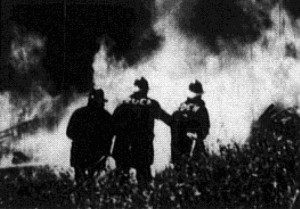
"Civil defense is the theme and purpose of this bit of realism-disaster, fire, dead, and injured. How the emergencies are met through planning and co-ordination of the fire department, police, medical corps, volunteers, and ham radio operators. The film is descriptive of the hundred and one things that must be coordinated to meet a disaster. A good civil defense picture" PSA Journal, Oct. 1961, 49.
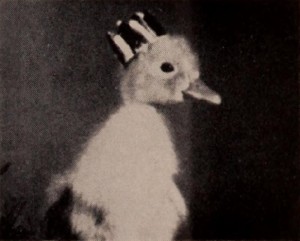
"Denny Plumlee credits Hy Knaack as associate cameraman on this unusual film, which demonstrates excellent miniature settings, lighting, and camera treatment. Together, the two have given cine filmers something new to top in amateur movies. A sound-on-film production in 16mm Kodachrome, the narration is a masterful job and contributes considerably to building and sustaining interest in the picture." American Cinematographer, May. 1952, 222.
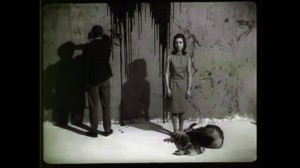
“İlk film çalışmalarını Paris’te gerçekleştiren Heper, Galatasaray Lisesi’nden mezun olduktan sonra önce hukuk okumak için Cenevre’ye gider lakin mutlu olamaz ve okulu bırakarak Fransa’ya geçip, Paris Yüksek Sinema Enstitüsü’de (Institut des Hautes Etudes Cinématographiques – IDHEC) sinema eğitimi almaya başlar. Bu okuldan ‘En İyi Yönetmen’ ünvanı ile mezun olan yönetmen, bu dönem (1963 yılında) gerçekleştirdiği iki kısa filminden ilki olan ‘Bir Kadın’ ile IDHEC, ikinci kısa filmi Şafak ile de hem IDHEC hem de Avusturya Kültür Bakanlığı En İyi Film ödülünü almıştır.” Burak Çevik, Sinematek.tv: http://sinematek.tv/alp-zeki-heper-ve-iki-kisa-filmi-bir-kadin-safak/ (15 November 2019).
“Graduated from Galatasaray Highschool, Heper first went to Geneva to study law. Because he was unhappy in Geneva, he left the law school and went to Paris to study filmmaking at Institut des Hautes Etudes Cinématographiques (IDHEC). He graduated from IDHEC with the award, “the best director.” The two student short films, Bir Kadın and Şafak, made by Heper when he was at IDHEC, received the best film awards from both IDHEC and the Austrian Ministry of Culture. Burak Çevik, Sinematek.tv: http://sinematek.tv/alp-zeki-heper-ve-iki-kisa-filmi-bir-kadin-safak/ (15 November 2019).
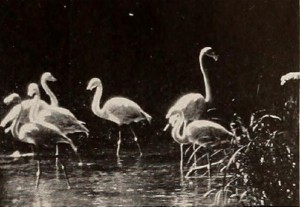
"By a clever editorial feat, Charles H. Benjamin has transformed a series of animal scenes which he filmed at New York City's Bronx Zoo into a pseudo travelog of the African game belt. He achieved this effect by simply cutting shots of heavily wooded streams into footage of the uncaged animals in the famous zoo, and the illusion is pointed up by some striking title frames. Mr. Benjamin's camera work matches his editorial insight, for his exposures and composition are first rate. His use of back lighting gives his shots of flamingoes and drowsing lions a brilliance that puts them far above the usual run of animal pictures." Movie Makers, Dec. 1946, 488.
Zoo footage was cleverly edited in with shots of children according to the December 1950 issue of Movie Makers.
"The Saga of the Lonesome Cowboy is a film edited to a record, but the handling of the children who play the various characters was so good, the judges felt, that they wanted the maker to be commended for his ability and his patience" PSA Journal, Aug. 1967, 38.
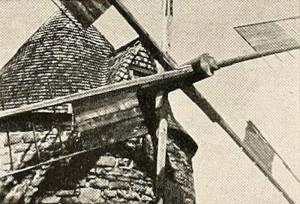
"The majesty of one of North America's greatest rivers is the theme of Walter Downs's Saga of the St. Lawrence. Stunning Kodachrome views of this mighty stream picture it from the decks of a river steamer. The ship is used as a mechanism for carrying the continuity theme forward and for providing smooth "trucking" shots of the passing shoreline. Brief stops offered the opportunity for sequences that show the character of the country and its people with the sympathy and understanding of one who knows the region well. These also punctuated the film in a pleasant and interesting fashion. The picture is accompanied by a musical background and some sound effects, all done by double turntable. This is a gracious and capable film of high photographic quality." Movie Makers, Dec. 1937, 630.
"Edited film shot during the Franco-American Expedition to Algeria which was sponsored jointly by the Logan Museum of Anthropology, Beloit College, and the Algerian government. Led by Alonzo Pond, Byron Khun de Prorok, and Maurice Reygasse, the expedition traveled from Biskra to Tamanrasset and back in three specially constructed Renault vehicles in October and November of 1925. The expedition excavated both prehistoric and ancient Sahara habitations and observed various Hoggar Tuaregs. Film features excavations on the ancient tombs near Tamanrasset (including the tomb of Queen Tin-Hinan, ancestral mother of the Tuaregs), French colonial outposts, encounters with Tuareg chiefs, and a wrestling match, a slave tent, and head shaving in a Tuareg camp," Human Studies Film Archives.
Total Pages: 299